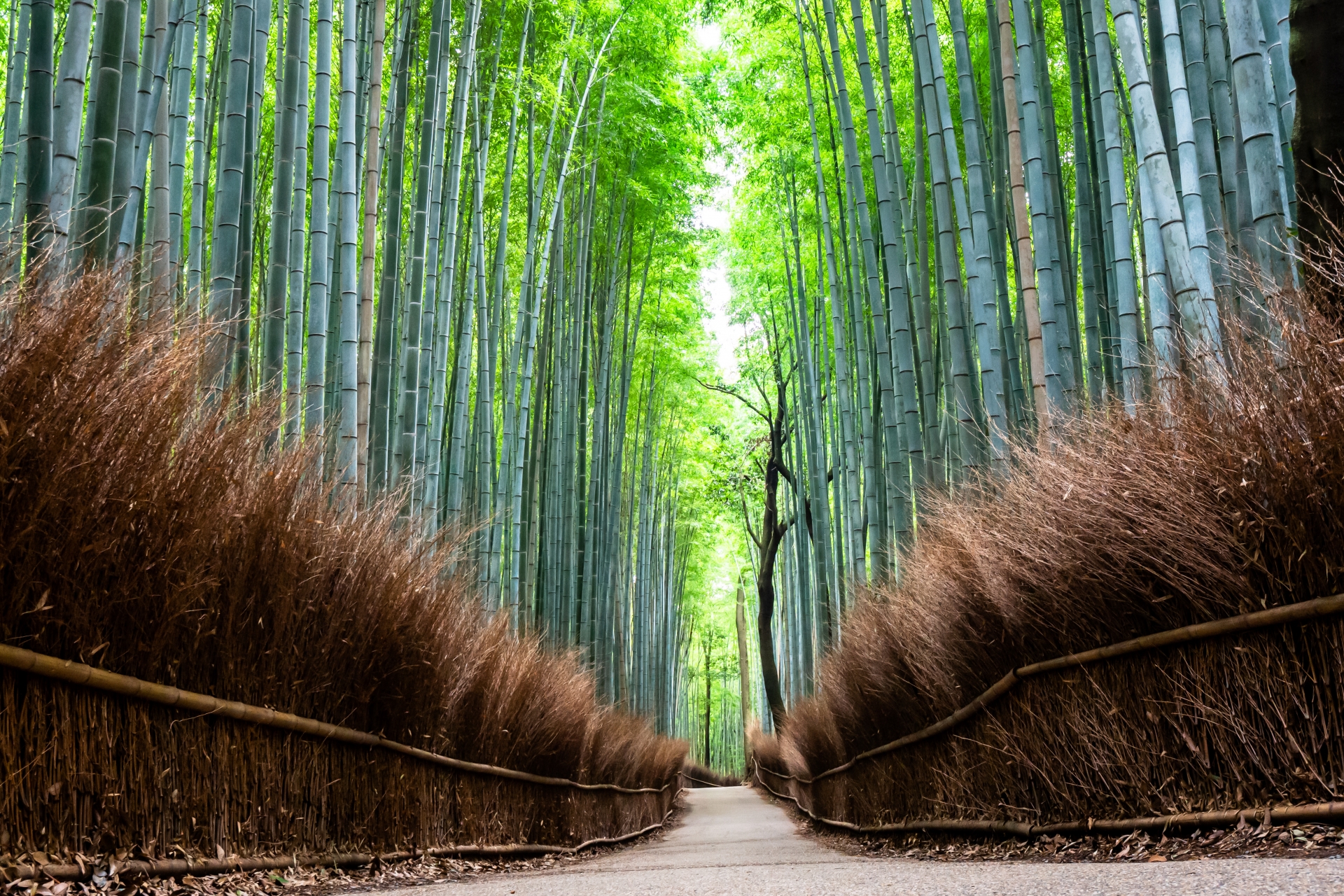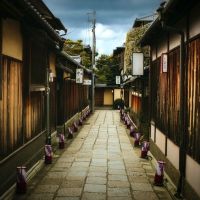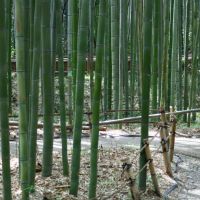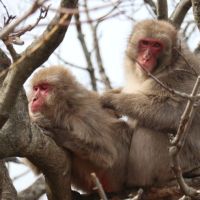Three Hours Guides You Deep Inside Kyoto, Arashiyama.
Kanae Nakahama
Latest posts by Kanae Nakahama (see all)
- Gion and Geisha Districts in Kyoto - 2017/09/22
- Geisha Show In Kyoto - 2017/09/04
- Maiko And Geisha With No Makeup (Sendo-mairi) - 2017/07/10
Three Hours Guides You Deep Inside Kyoto, Arashiyama.
When you hear the word “Kyoto”, what do you imagine of? Maybe sightseeing, cultures, or experiences making traditional crafts. Of even certain places like Gion, or certain people like Maiko. Kyoto is an attractive place, but having too much choices is a lucky problem to have. On the east side of Kyoto City, famous places such as Yasaka Shrine, Kiyomizu Temple, and Nishiki Market are settled close together. Therefore, visitors seem to feel a little far to go to a place like Arashiyama or Kinkaku-ji Temple that is on the west side of Kyoto City. Today I would like to introduce to people, who want to enjoy Kyoto more but don’t have time with a special course in a short time by introducing the fabulous sightseeing place, Arashiyama.
■ Arashiyama Area Description
Arashiyama is placed in the northwestern area of Kyoto City. The area around Togetsukyo Bridge is called Arashiyama. There are many sightseeing places, such as the bamboo grove, Togetsukyo Bridge, and Tenryu-ji Temple (the World Cultural Heritage). It takes 20 minutes by train from Kyoto Station.
■ Arashiyama Park (Nakanoshima Park)
Starting from Hankyu Arashiyama Station, the Arashiyama Park (Nakanoshima Park) is very near. It is a beautiful place to have picnic.
This bridge is called Nakanoshima Bridge.
Walking though the park, there was a Jinrikisha. This is a two wheeled vehicle that is pulled by one or more person. This way of transportation was used until early 20th century. Other types of transportation, such as horse coaches and trains became popular.
At Ooigawa river, you can ride on the boat and enjoy the beautiful scenery.
■ Monkey Park
The entrance for Monkey Park and Ichitani-munakata Shrine are the same.
Right next to Ichitani-munakata Shrine, there is the entrance for Monkey Park.
Wild monkeys live in the Monkey Park. About 120 wild monkeys live in this area. The monkeys are also known as “Snow Monkeys”. This park was opened in 1956. By watching the monkeys for nearly over 60 years, understanding the monkeys relationship, birth and even individual identification became possible. It is a valuable experience to feel close the wild monkey society.
■ The Top Of The Mountain
Climbing up for 20 minutes leads you to the top of the mountain.
During the path, there are lots of benches to take a rest and even a playground.
There were little quizzes about the monkeys.
Don’t miss the signboards about the monkeys. Understanding monkey rules are important.
■ View
The view is fantastic at the top of the mountain. You would forget that you were tired until you got there.
■ Monkeys
Monkeys everywhere!
The first monkey I saw, was moving weirdly that made me curious what the he was doing.
He was just searching for a good place to rest and take a nap.
Mother monkeys were hugging there children. According to the staff, April to July is a season for lots of baby monkeys are born. This year 10 babies were born.
■ Feeding Experience
There is a cottage that human being can rest. You can only eat food and drink in that place. Also you can feed the monkeys only from the cage inside for ¥100.
Outside the cage, lot of monkeys were waiting for food.
■ Climbing Down The Mountain
It took about 10 minutes to climb down the mountain. During the path, I meet a monkey that was taking a walk.
Now, I have a quiz for you. I found a monkey that was so naturally melted into the trees. Can you find the monkey?
I have no idea what the monkey was doing, but it looked like the monkey was curiously watching human beings. Meeting a wild monkey is a rare experience to have. How about meeting a wild monkey?
[ Tickets ]
Adults (Over 16 years old): ¥550
Children (Under 15 years old): ¥250
[ Business Hours ]
March 15th to September 30th: 09:00 – 16:30 (Top of the mountain is open until 17:00)
October 1st to March 14th: 09:00 – 16:00 (Top of the mountain is open until 16:30)
[ Attention ]
If the monkeys go back to the forest early, the monkey park closes early too.
[ Smoking Area ]
Near the entrance gate and on top of the mountain.
[ Toilet ]
Only near the entrance. No toilets at the top of the mountain.
Togetsukyo Bridge
As you can see, Arashiyama is a place full of nature. In cherry blossom season and autumn leaf season, the river reflects the scenery and adds the elegance of Arashiyama. When this bridge was made, it had a different name. However, Emperor Kameyama wrote, “as the moon traverses the sky, it looks like the moon is crossing over the bridge”. From then, the name changed to Togetsukyo Bridge. (Togetsu(渡月)” means “moon crossing”, and “kyo(橋)” means “bridge” in Japanese. )
From the other side of the view.
Shopping Area
At the main street, there are lots of shopping areas. There are places to eat; such as To-fu, Japanese pickles, and all kinds of shops.
This shop sells Japanese traditional bamboo crafts. I recommend this shop because it is cheep and unique.
This is a popular traditional Japanese toy called, “Take-tombo”. Maybe almost every Japanese children has played with this toy. “Take” means bamboo, and “tombo” means dragonfly. You might know this toy because of the animation, Doraemon. Doraemon uses this toy to fly. Unfortunately, you can not fly with this toy, but by sliding your hands back and forth the toy itself flies.
This is a bowl to contain food. You do not have to contain food, maybe putting in little accessory might fit into it. A bamboo craft might be a good souvenir to take home.
[ Smoking Area ]
No smoking area. Possible in some restaurants.
■ Tenryu-ji Temple
There are lots of Japanese Buddhism schools in Japan. Tenryu-ji Temple is the head temple of the Rinzai Zen Buddhist sect. It is first-ranked from the five great Zen temples of Kyoto. In 1994, Tenryu-ji Temple was sanctioned as the World Cultural Heritage. Tenryu-ji was built in 1339 by shougen Ashikaga Takauji for the memory of Emperor Godaigo. The first chief priest was Muso Soseki. Tenryu-ji was fired several times over the centuries, and mostly couldn’t reconstruct for a long time until Meiji period.
Before you get to the main entrance, there are free areas to enjoy looking at temples.
■ Tenjyu-do
This is the main building. You have to get a ticket to visit inside.
At the main building, visitors are greeted by a large painting of Bodhidharma. He is called Drama Daishi in Japanese. Bodhidharma transmitted Zen teachings from India to China in the 5th century.
Resting and taking time at the Sogen Pond Garden.
There is an another drawing of Drama Daishi. Watching the drawing also makes people relax.
However, relaxing too much is a problem too. It says “do not lie down”.
This is a dragon drawing on the fusuma (sliding door). Some special days there are events to see the dragon drawing on the ceiling.
■ Shoin Drawing Room
Moving to the next place, was a place to do Shakyo (transcribing a sutra).
At Tenryu-ji Temple, every second Sunday in each month, you can experience Shakyo. Appointment is needed, and it coasts ¥1000+¥600(the entrance money) to have the experience. Shakyo is good for making yourself calm down and cleaning the heart. If you have a chance, please try.
■ Sogenchi Teien/ Sogen Pond Garden
The Zen master Muso Soseki made this garden. This garden was the first place in Japan to win designation by the Japanese Government as a Site of Special Historic and Scenic Importance.
There were carps swimming and enjoy the flowers every seasons.
■ Peaceful Kannon (the Bodhisattva of Compassion) and the Love Fountain
The frogs are the guardians for the Kannon. It says, if you drink the spring water you can have a happy life with the person you love.
In front of the middle frog, there was a plate. It says, if the coins reaches the plate the person will have a happy life.
[ Tickets ]
Garden Only: Hight school students and older ¥500
Elementary and middle school students ¥300
Preschool children ¥Free
Tenryui-ji Garden and Buildings:
Admission fees are the same above, plus ¥300
[ Bussiness Hours ]
General Admission: 08:30 – 17:30 (Summer), 08:30-17:00 (Winter, Oct. 21-Mar. 20)
Temple Interior Closed: October 29th to October 30th (Gardens Are Accessible)
[ Smoking Area ]
Near the Tenryui-ji Garden and the temple office.
[ Toilet ]
Inside and outside the Tenjyu-do (main hall) entrance.
■ Arashiyama Bamboo Grove
The Arashiyama Bamboo Grove is right next to Tenryu-ji Temple. This is one of the best sightseeing areas in Kyoto. This area exists from Heian Period, and even still loved in this century. This area is often used in movies and commercials.
Every December, the bamboo grove are lightened up. It was quite chilly at the bamboo area. The beautiful scenery and the silence is fully spread at this area.
The garbage box made of bamboo.
During the ways to the Romance Train, there is a spot to peek at the Romance Train through the bamboos.
[ Tickets ]
¥Free
[ Bussiness Hours ]
24 hours open.
[ Smoking Area ]
No smoking areas.
[ Toilet ]
No toilets.
■ In The End
As you know, Kyoto is an attractive place. Maybe it is more easy than you thought visiting Arashiyama. You might be packing right now heading to Kyoto. Visiting the east side of Kyoto City is joyous, but how about spending 3 hours in Arashiyama following the map?
Make an online reservation to have a precious time with Geisha!




